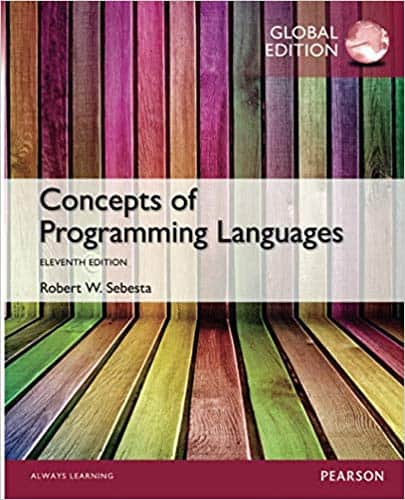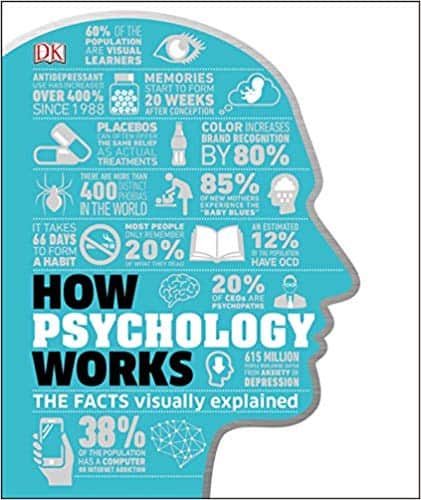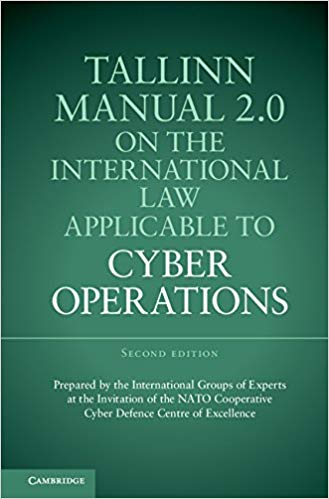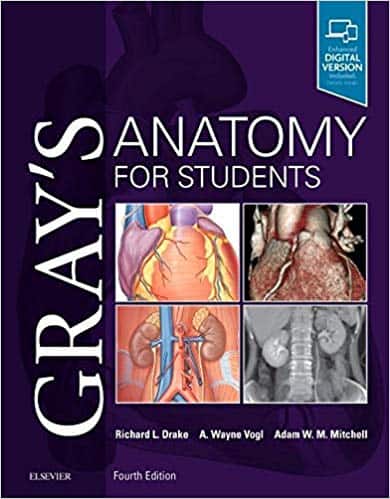Category: E-Books
Concepts of Computer Programming Languages 11th global edition (PDF) introduces university students to the fundamental concepts of computer programming languages and provides them with the tools necessary to evaluate contemporary and future languages. An in-depth discussion of programming language structures, such as syntax and lexical and syntactic analysis, also prepares
How Psychology Works (PDF) explains hundreds of psychological terms clearly and simply, such as psychosis, neurosis, psychopathy, flow, human factors, self-efficacy, and false memory syndrome. It also includes an introduction to the different approaches psychologists use to understand how we behave and think and a detailed look at how the
Tallinn Manual 2.0 on the International Law Applicable to Cyber Operations 2nd edition expands on the highly influential 1st edition by extending its coverage of the international law governing cyber operations to peacetime legal regimes. The product of a 3-year follow-on project by a new group of 20 renowned international
Java Foundations, 4th Edition, (PDF) is a comprehensive textbook for introductory programming sequences. The multipurpose layout supports a two-or three-semester schedule and introduces you to the world of programming–from the fundamentals to complex data structures. Inspired by the success of their highly successful textbook, Java Software Solutions, authors Chase, Lewis,
Superbly illustrated, easy to read, and clinically relevant, Gray’s Anatomy for Students, 4th Edition, (PDF) is medical students’ go-to textbook for essential information in human anatomy. This fully revised Fourth volume focuses on the core information students need to know, in an easy-access format and with additional multimedia tools that





